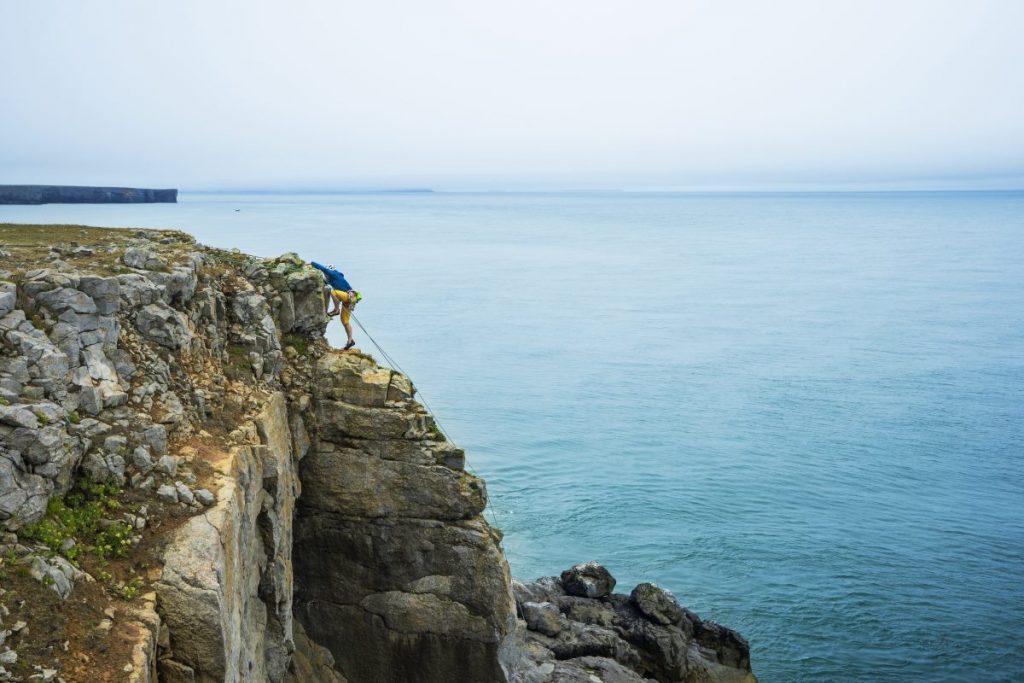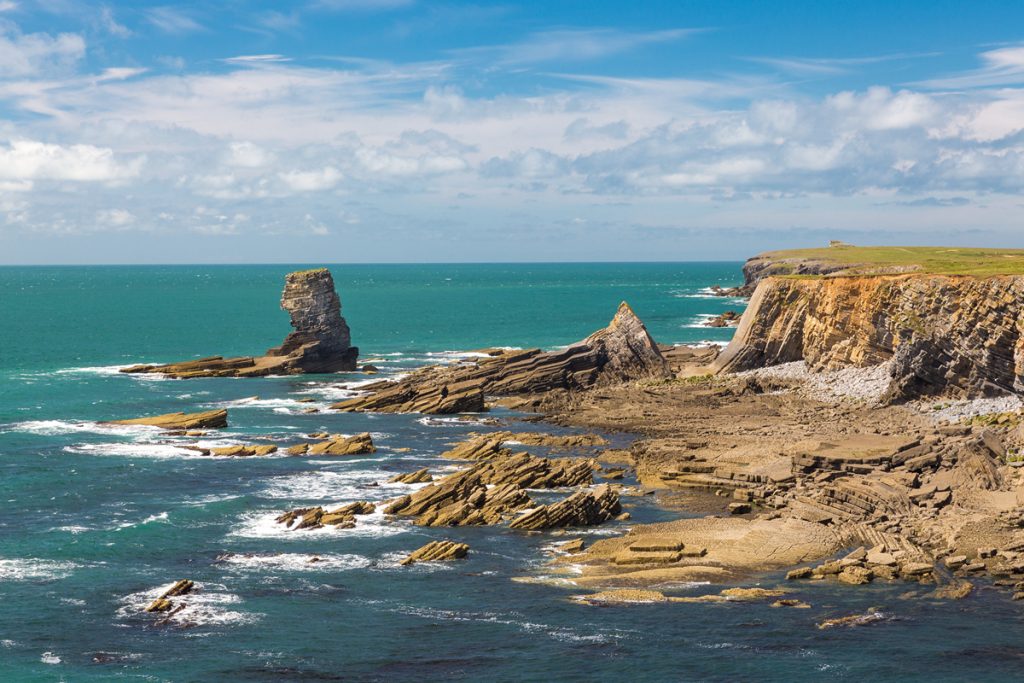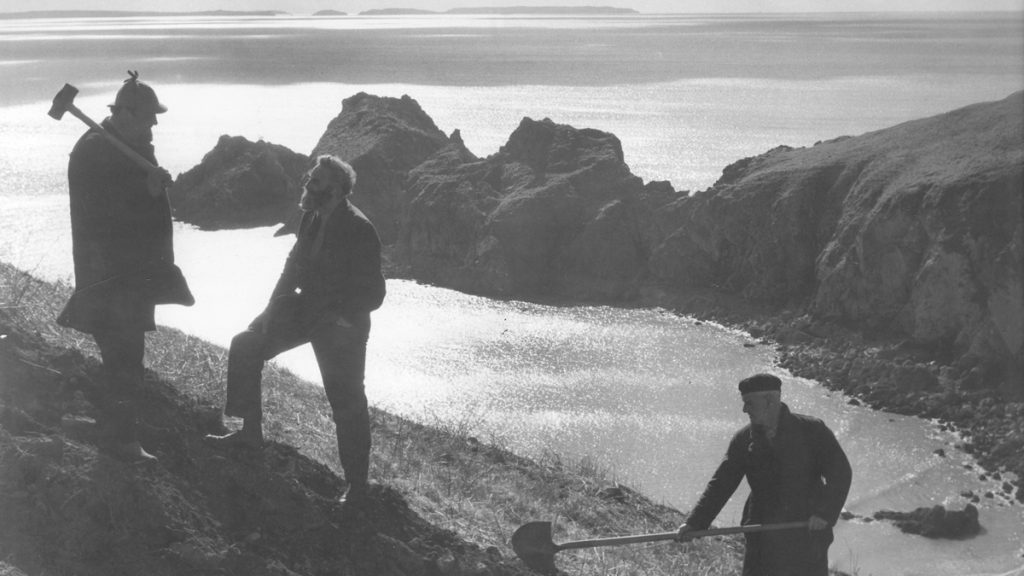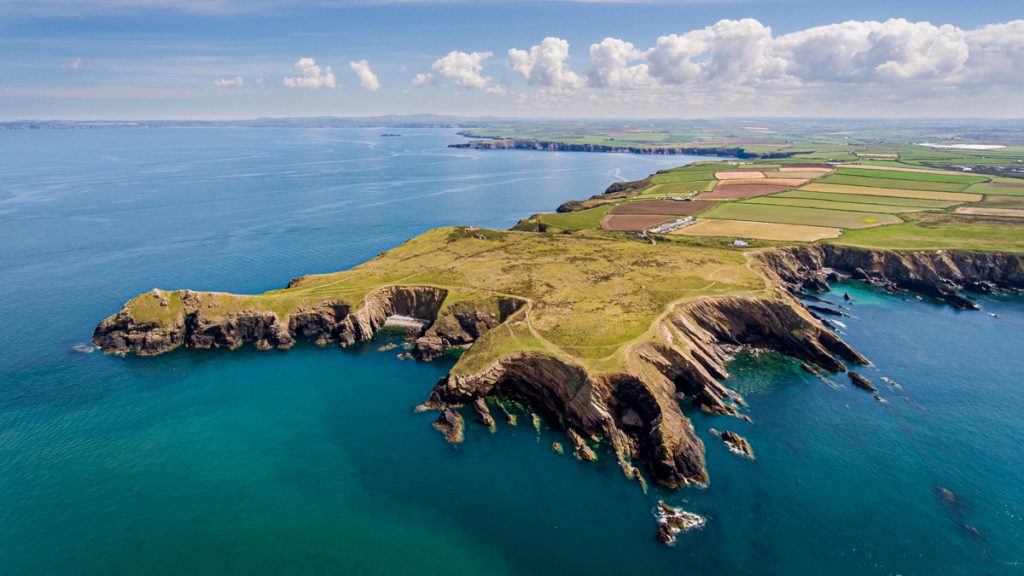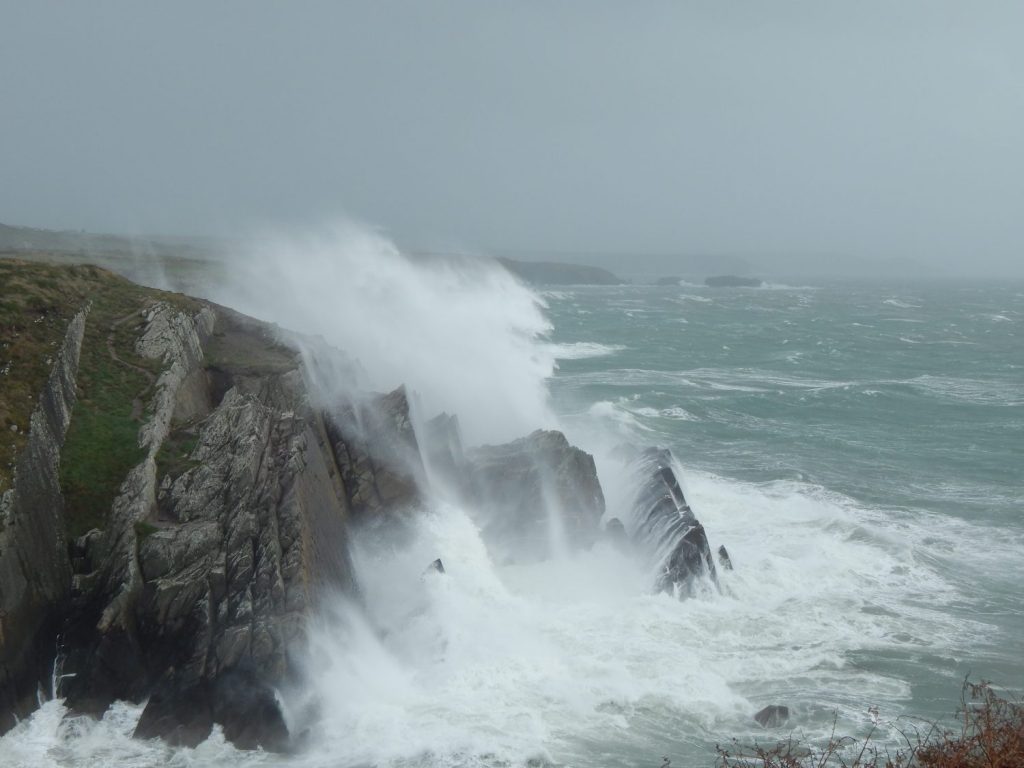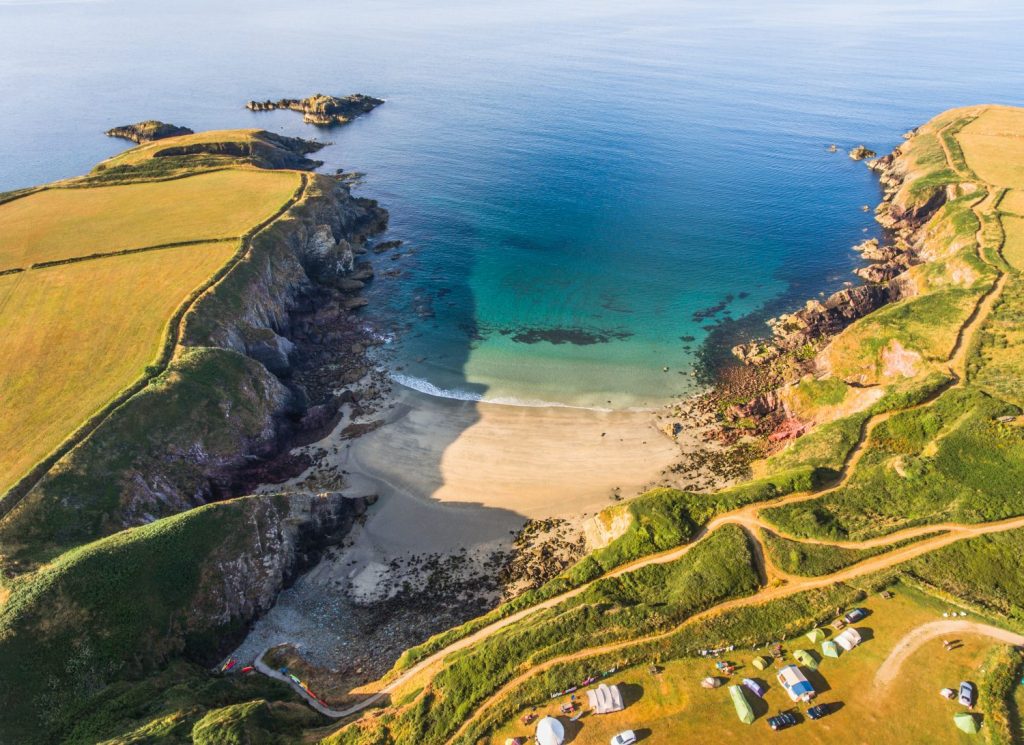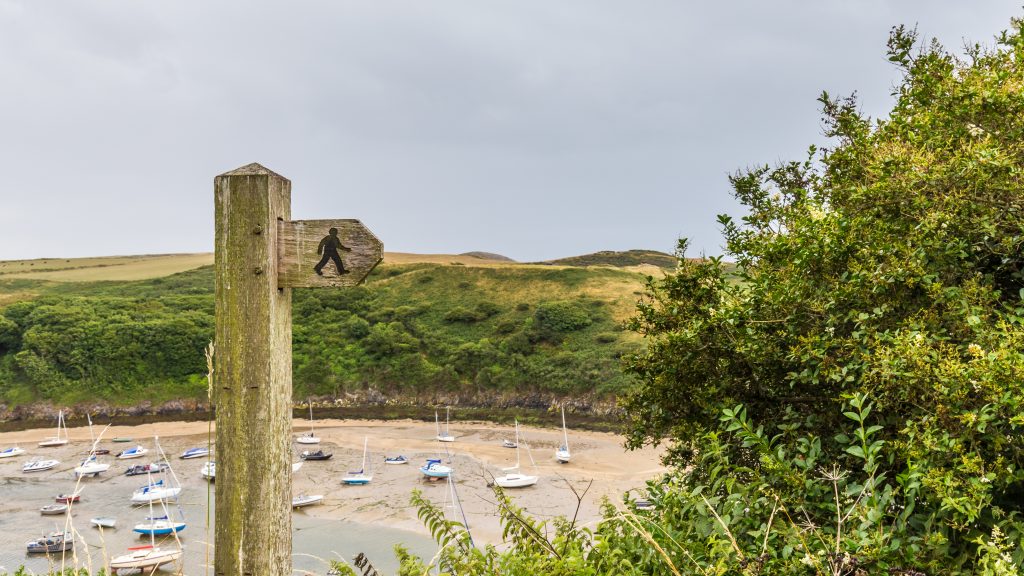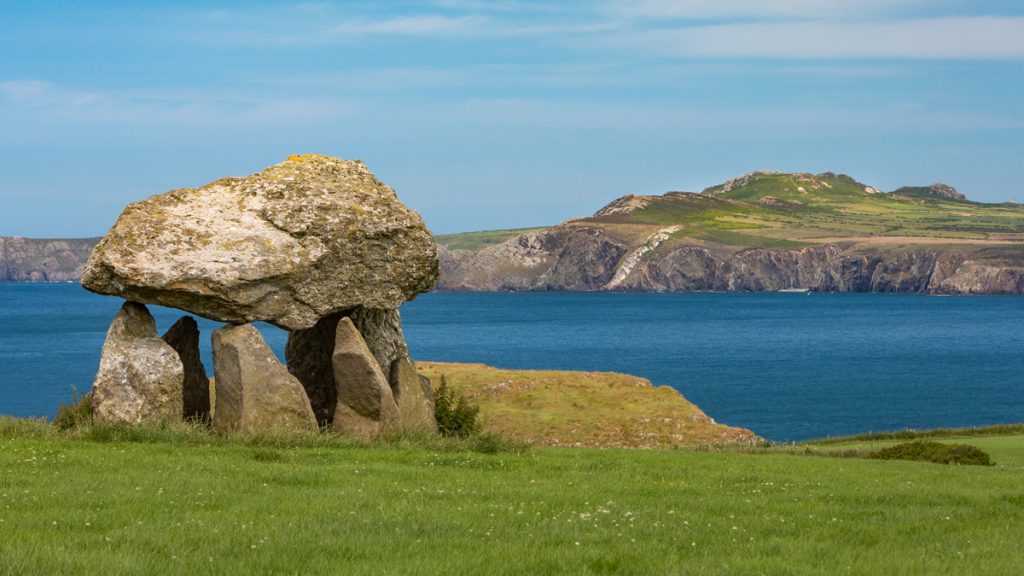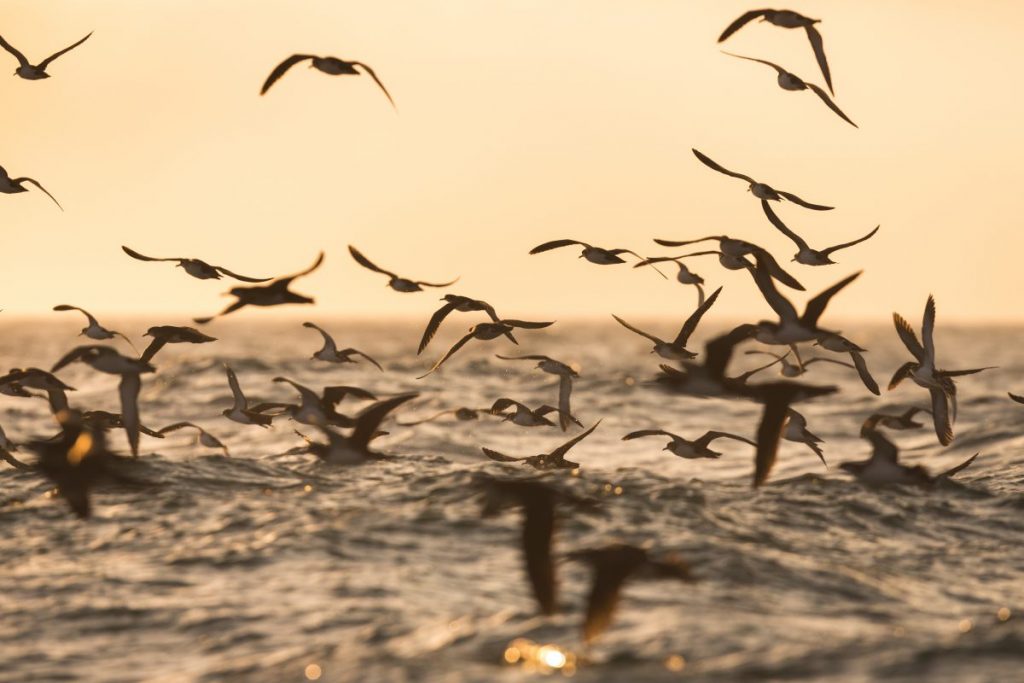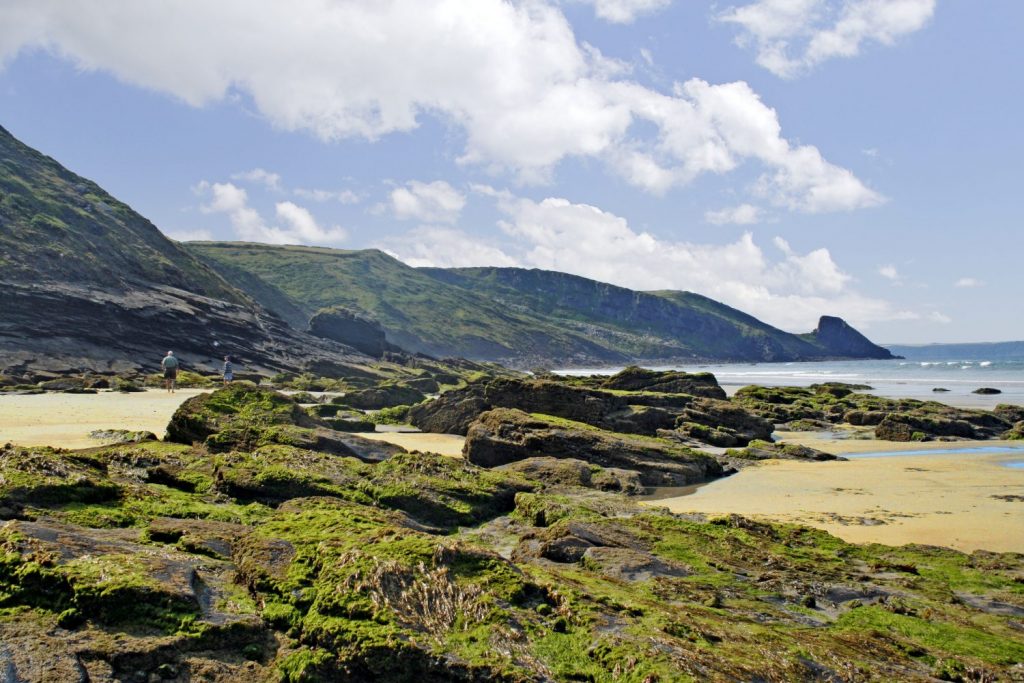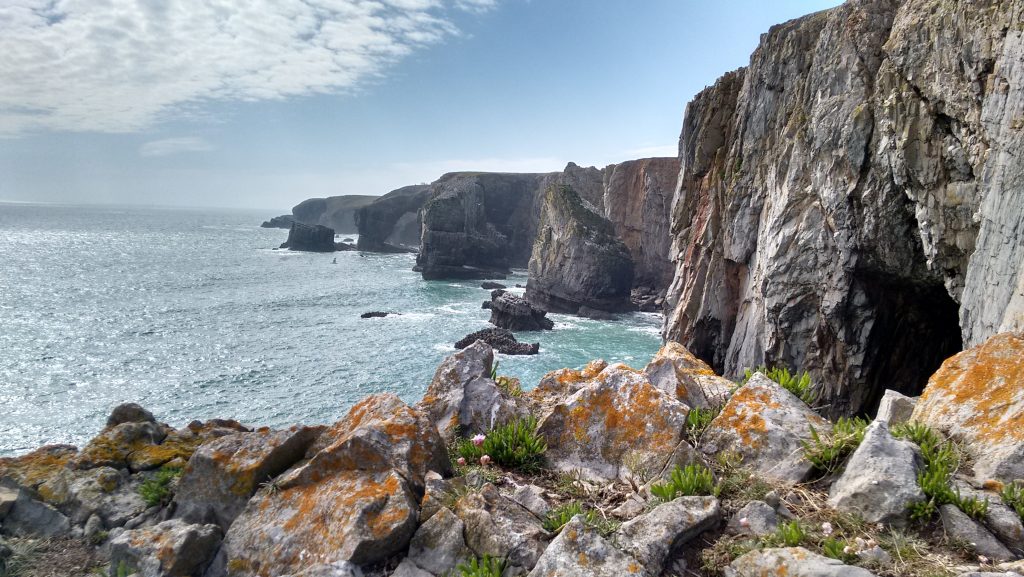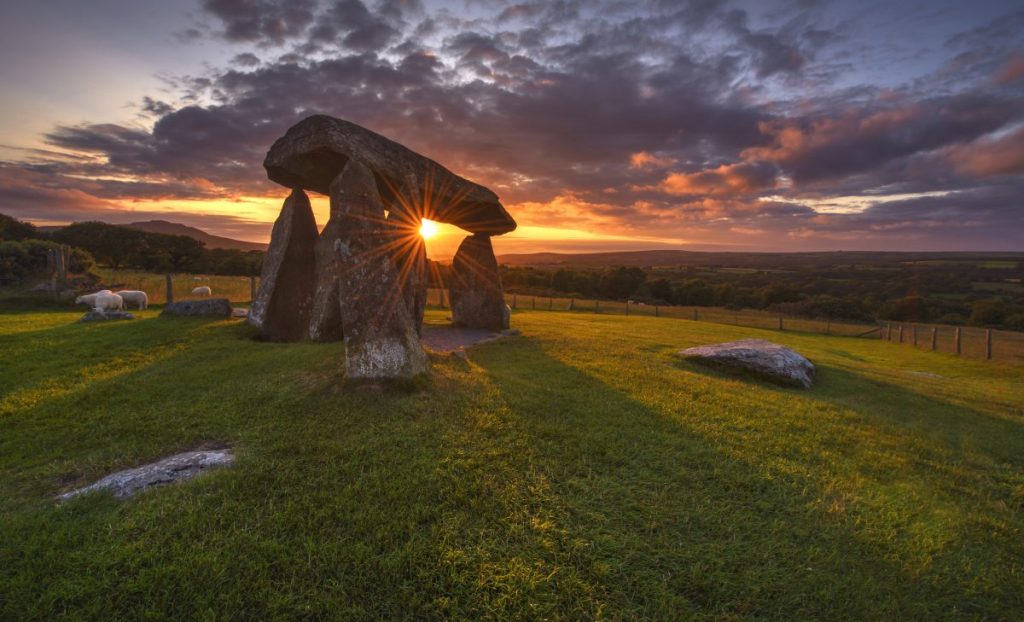Pembrokeshire has a wonderful variety of rivers, from the mighty Western Cleddau and Eastern Cleddau, to the tiniest streams, bubbling across the slopes of the Preseli Hills.
Estuaries include the Milford Haven Waterway (which becomes the Daugleddau Estuary upstream of the Cleddau Bridge), the ria at Solva and the Teifi Estuary on the County boundary near Cardigan. The Welsh name for Cardigan, Aberteifi, means ‘the mouth of the Teifi’.
Daugleddau Estuary
The relatively sheltered mudflats and tidal creeks within the Daugleddau Estuary are havens for wildlife, particularly waders. The narrow winding channels are only navigable by small craft such as dinghies and canoes. The foreshore is a mix of rocks and mud. This is a harsh habitat in which to survive, suffering from inundation and drying out each day. Species of seaweed, sponges, sea squirts and shellfish live in the mud, and are a rich source of food for wading birds and wildfowl.
The woodlands overhanging the creeks have been here for at least four hundred years. Originally, woodland clothed the slopes of the Daugleddau Estuary all along the Haven. What remains today is a mixture of older woodland, and new growth that has sprung up in the last century, since the industries that were once found along the Daugleddau, such as coal mining, have disappeared.
 Minwear on the Daugleddau Estuary
Minwear on the Daugleddau Estuary
The woodlands of the Daugleddau Estuary are dominated by oak, ash and hazel. These species need to survive strong winds, and be tolerant to salt. They grow on steep and rocky slopes. In some places, such as Lawrenny, wild service trees also grow. This species is not fond of the cool Pembrokeshire climate, and unlike those in south-east England, they do not produce fruit. Instead they send out suckers from the base of the trunk, making them an ideal species for life on rocky, unstable cliffs.
Beneath the canopy grow holly and rowan trees, and carpets of woodrush. The underlying rocks make the soil acidic, and species such as heather and bilberry thrive. The oldest trees appear to be ‘bearded’ by mosses and lichens, and some of the oldest lichens in Britain are believed to be growing in these woodlands.
The Daugleddau Estuary woodlands provide a habitat for many animals, birds and insects. In the early morning or evening it is possible to see otters and badgers. In the twilight look out for bats as they forage for insects under the canopy. Pembrokeshire is home to a number of rare bat species, including the horseshoe bat.
Bird species include the nuthatch, pied flycatcher and redstart. These birds nest in holes in the trees, and hunt for insects on leaves and in the decaying wood.
River Teifi
This area of saltmarsh and sandbanks fringes the tidal estuary of the River Teifi. The saltmarsh is an area which lies between land and sea – it is covered by the tide for parts of each day as the tide advances and retreats twice daily.
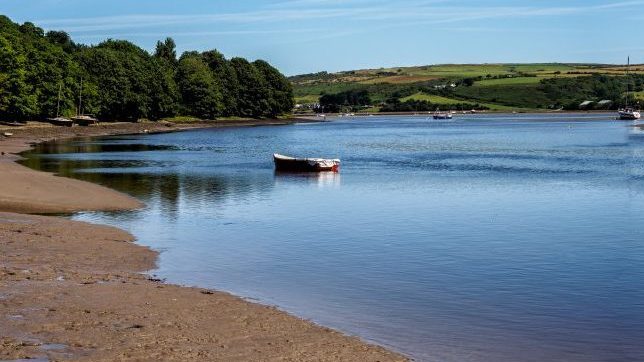 St Dogmaels on the estuary of the River Teifi
St Dogmaels on the estuary of the River Teifi
The saltmarsh shows stages of colonisation by salt-tolerant grasses and shrubs. Only these salt-tolerant species can live here in this unusual environment. Limited grazing by livestock is possible between the tides.
The estuary is a fine area for recreational sailing and birdwatching with Easy Access footpaths forming part of the Pembrokeshire Coast Path.
